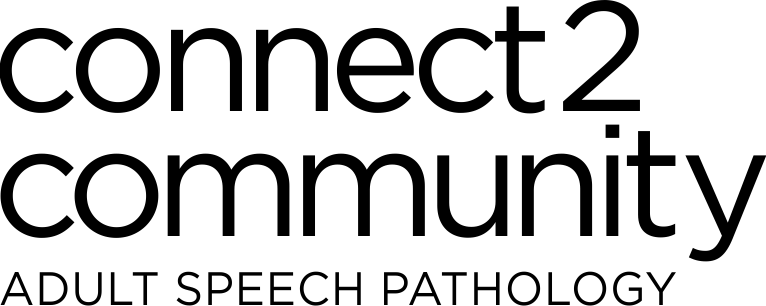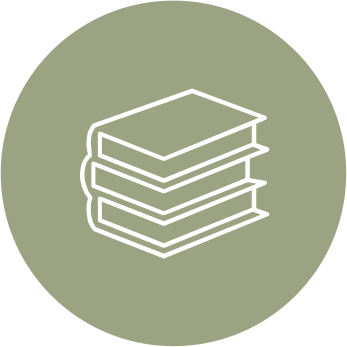

Acquired NEUROLIGICAL Communication Disorders
dysarthria
What is Dysarthria
Dysarthria is a motor speech disorder that results from damage to the parts of the brain that control the muscle movements for speech production. This includes the muscles in our face, lips, tongue and throat as well as muscles for breathing. Dysarthria occurs when the muscles used to breathe and speak are weakened or paralysed making speech unclear. The symptoms you experience will depend on the underlying cause of your dysarthria.
Dysarthria can affect all or some of the following aspects of speech production:
- Respiration (breathing)
- Phonation (voicing)
- Articulation (speech sound production)
- Prosody (patterns of stress and intonation)
- Resonance (nasality)
What causes acquired dysarthria?
- Stroke
- Traumatic brain injury
- Progressive neurological diseases
- Inflammatory/infections
- Brainstem tumour
- Trauma (surgery to brainstem or neck)
- Toxic-metabolic exposure
A person with dysarthria may experience the following speech characteristics:
- Slower rate of speech or faster rate of speech than normal
- Quieter or louder speech than normal
- Reduced tone of voice: i.e., the voice may sound flat
- Nasal changes to voice (speech sounds like someone is speaking with a blocked nose or speech sounds like there is too much air escaping through the nose)
- Changes to the preciseness or clarity of speech sounds produced
- Changes to voice quality: i.e., a voice may sound hoarse, breathy or croaky
It’s important to be aware of the following:
- Dysarthria does not affect intelligence.
- Dysarthria is a speech problem. It should not be confused with aphasia which is a language problem.
- The symptoms you experience will depend on the underlying cause of your dysarthria.
- Dysarthria can co-occur with aphasia
- Even a mild dysarthria can have a significant impact on participation and perceptions of identity.
How can connect2community speech pathology help?
A speech pathologist can:
- Identify a holistic profile of a client’s communication needs and ability
- Collaborate with client and family members towards person-centered therapy goals
- Discuss therapy options specific to the client’s need and goals
- Provide treatments that meets the client’s need and goals. All treatments focus on real-life, meaningful situations and tasks to enhance success in communication for the person with dysarthria
- Provide compensatory approaches in the form of Augmentative and Alternative Communication (AAC) to increase environmental support and reduce communication barriers.
- Provide communication partner training and support for the individual with dysarthria and their close communication partner/s. The use of facilitative strategies by communication partners can enhance successful conversation.
- Identify barriers and facilitators within the person’s communication environment, with the goal being – how to best support communication for the person with dysarthria within their community.
- Provide dysarthria specific education for clients and family
Speech pathologists are trained to assess, diagnose, provide treatment and advocate for people with dysarthria and their families. Please contact connect2community speech pathology if you have any concerns or questions regarding dysarthria or a recent diagnosis of dysarthria.
PHONE 0411 864 386
EMAIL info@connect2community.au
